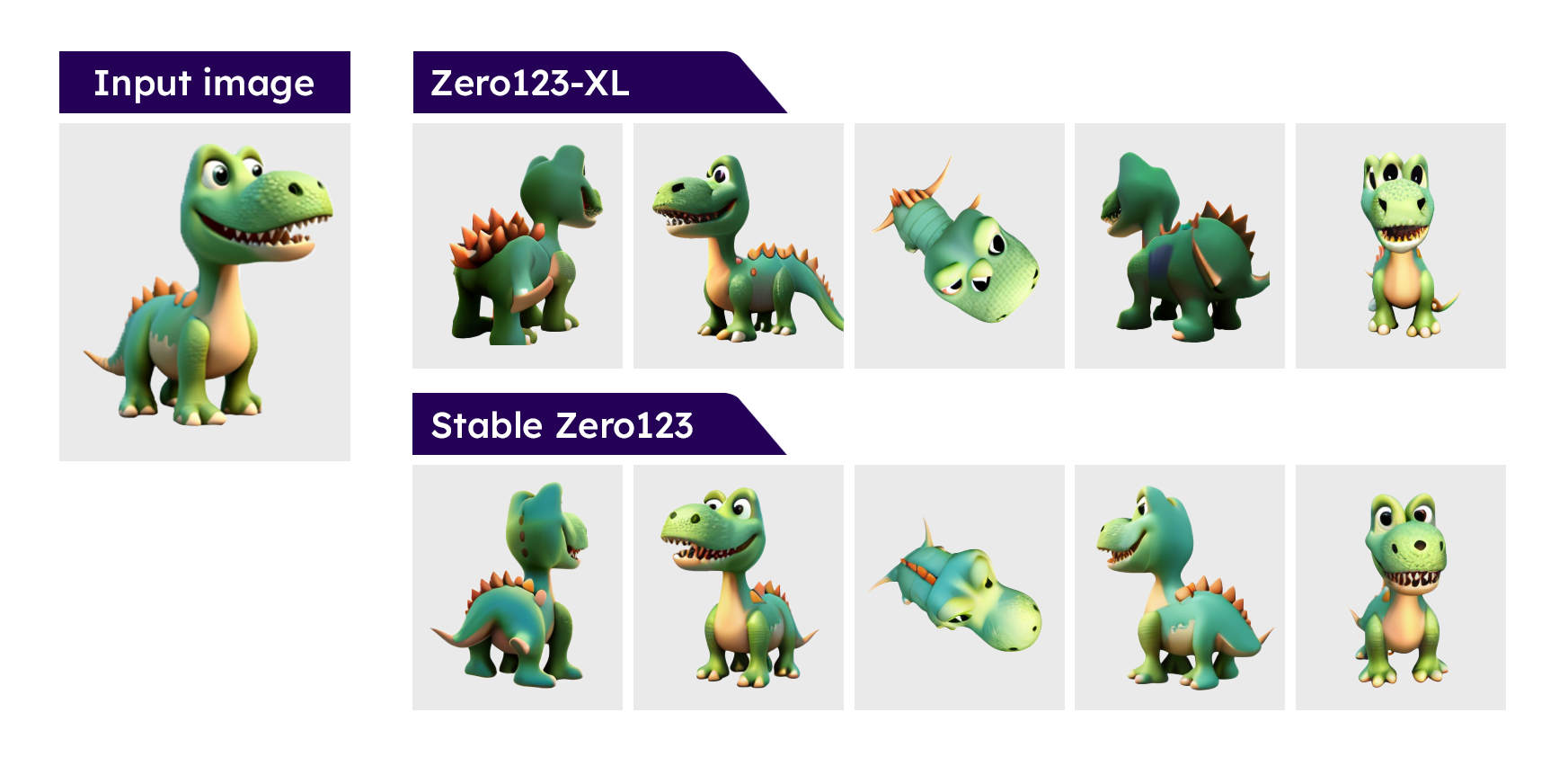As a 3D printing enthusiast who has tinkered and tweaked everything from a trusty Creality Ender 3 to a high-resolution Photon Mono X2 resin printer, I’ve seen my fair share of technological advancements in 3D printing. However, nothing has quite excited me as much as the integration of Artificial Intelligence (AI) into this space. The ability of AI to generate 3D printable models from simple text prompts or images is transforming our hobby and profession in unimaginable ways. Here’s a dive into how AI is reshaping the landscape of 3D printing and what it means for enthusiasts like us.
Instant 3D Model Generation: From Concept to Reality
Imagine the scenario where you need to replace a broken gear in an old clock or want to create a unique set of bookends. Traditionally, this task would involve either a lengthy search for an exact model online or countless hours spent designing one from scratch using complex CAD software. The advent of AI in 3D printing has revolutionized this dynamic, offering a more efficient and accessible approach.
With innovative tools like Stability AI’s image-to-3D and the Meshy generator, along with other powerful platforms like OpenAI’s DALL-E and Google’s DreamBooth, the process has been simplified dramatically. Users can now input simple text descriptions or upload images of the item they need or envision. These AI systems then leverage advanced algorithms to interpret the inputs and generate detailed, accurate 3D models that are ready for printing.

For instance, if you wanted a gear with a specific set of teeth or a bookend shaped like a mythical creature, you could describe these details in text or provide a drawing. The AI would process this information and create a 3D model that not only meets the specified criteria but is also optimized for 3D printing. This means considering factors such as structural integrity, the balance of weight, and the most effective orientation for printing.
The capabilities of these AI tools extend beyond simple model generation. They incorporate learning from vast databases of existing 3D models, which allows them to suggest optimizations and improvements that might not be immediately obvious even to experienced designers. This can include adjustments to the thickness of materials to ensure durability without wasting resources or altering aesthetic elements to achieve better symmetry or visual appeal.
This streamlined approach to model creation not only cuts down on the time required for design but also democratizes access to personalized prototyping. Whether for professional designers, hobbyists, or even novices to 3D printing, AI-generated models remove significant barriers to entry. Now, anyone with a basic understanding of the desired object can move quickly from concept to creation, opening up a world of possibilities for custom fabrication and personal projects. By reducing the technical skills needed for model design, AI is making 3D printing more inclusive and expanding the creative horizons for all users.
Looking Ahead: The Future of 3D Printing Powered by AI
As we look towards the future, the possibilities of AI in 3D printing are boundless. We are entering a phase where mixed reality tools might allow us to interact with and modify 3D models in real-time using AI suggestions, further blending the digital and physical crafting worlds.
For us enthusiasts, embracing AI tools means staying at the forefront of technology while enriching our creative expression. Whether it’s crafting replacement parts, bespoke artwork, or functional household items, AI is proving to be an indispensable ally in the evolution of 3D printing.
As someone deeply embedded in the world of 3D printing, the possibilities that AI can introduce into the hobby are nothing short of revolutionary. It not only promises to streamline the design-to-print process but also enhance our ability to innovate and personalize like never before. For hobbyists and professionals alike, AI in 3D printing is not just a tool—it’s a transformation that invites us to reimagine the limits of what we can create. So, let’s continue to explore this brave new world of limitless possibilities, one layer at a time.


